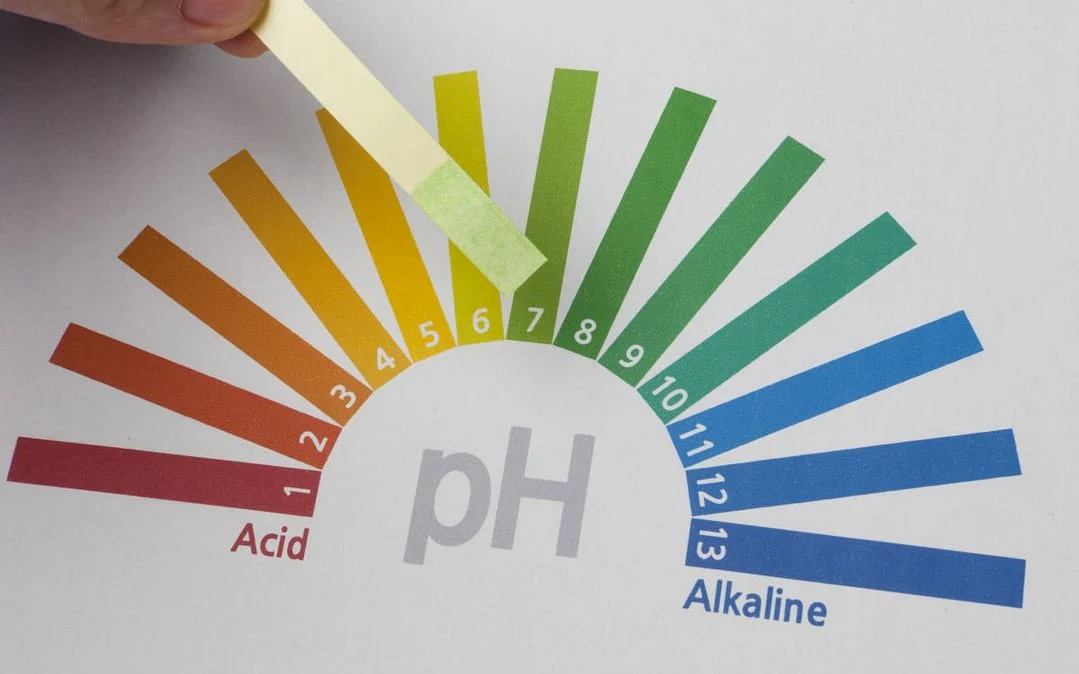Washing machine has sediment at the bottom – Causes and solutions
Washing machines are gradually becoming indispensable items in every modern family. However, after a period of use, many people encounter…
The washing machine drain pipe is a very small detail but plays an extremely important role but is often overlooked until a problem occurs. Join THT Vietnam to learn the simple process of removing and installing the washing machine drain pipe at home. What is the washing machine drain pipe? The washing machine drain hose […]
The washing machine drain pipe is a very small detail but plays an extremely important role but is often overlooked until a problem occurs. Join THT Vietnam to learn the simple process of removing and installing the washing machine drain pipe at home.
The washing machine drain hose , also known as the laundry drain hose, is an important component in the washing machine system. The main function of this hose is to remove excess water and liquids from the washing machine after the laundry process.
It works by directing water from the washing machine to the house or building’s drainage system, where it is then transferred to the area’s wastewater treatment system or public sewer system.
Washing machine drain hoses are usually made of PVC or heat-resistant rubber to ensure heat resistance and corrosion resistance. They usually have one end that connects to the washing machine and the other end that empties into the drain pipe or sink.
Without proper care and maintenance, washing machine drain hoses can develop problems such as blockages, breaks or water leaks. Therefore, it is important to periodically check and clean the drain hose to ensure the washing machine operates efficiently and avoid unwanted problems.

During the operation of the machine, there will be a certain amount of condensation in the machine, which will cause water to flow onto the floor. Therefore, to avoid this situation, the installation process of the washing machine must connect the washing machine’s drain pipe to lead the water to a suitable drainage position.
Specifically, during operation, the washing machine drain pipe becomes an extremely important part. The amount of wastewater discharged can reach 6 – 12 liters depending on the type and capacity of the washing machine. Water flows through the drain pipe, so there needs to be water-guiding components to avoid leakage and drainage onto the floor.
Disconnect all power sources connected to the washing machine to ensure safety during the process of removing the water pipes.
At the same time, turn off or close the water supply valve to the washing machine to avoid errors during the process of removing the water supply and drainage faucet.
To easily remove the water supply and drainage pipes, move the washing machine from its original position and place it in a more spacious place to easily remove the water supply and drainage pipes.
This is not only easy to do but also helps you observe more clearly, proceed quickly and save more time.
You should prepare supporting tools in advance to collect water from the water supply and drainage pipes during the process of removing the pipes such as:
Wiper.
Bucket of water.
Towel bucket tool to support the process of removing water pipes
Avoid letting water flow out without a catch because the water in the drain pipe is often dirty water from laundry or water that has overflowed throughout the house.
Use your hand to hold the drain hose connection to the washing machine and turn it counterclockwise until the water hose is completely removed.
You can easily recognize water supply or drainage pipes through easy observation.
Once you have finished removing it, put the pipe end into a bucket to pour out the remaining water in the pipe. If it leaks into the house, you can use a towel to clean it and then move the washing machine back to its original position or to the new position you need to install it.
With this method you can do it easily by directly discharging water straight into the ground, yard or other place.
When discharging directly into an underground pipe that is not connected to the pipes of other devices, it is necessary to re-measure the size of the drain pipe, then use tape to wrap tightly around the washing machine’s drain pipe to secure it.
You can connect the washing machine drain pipe with other drainage parts such as water heaters, sinks, etc. At this time, you need to make sure that the pipe head must be designed to be higher than the ground by a maximum of 1 meter to ensure the operation of the drain pipe. The drain pipe head must also be fixed to limit leakage.

Below are some notes before and after installing water lines for washing machines.
Turn off all electricity and water systems if possible before performing.
A test wash to see if the water line is stable is essential after installation.
Avoid bending, kinking, wrapping, or stretching the water pipe too much to avoid weak water in/out, affecting the machine’s performance.
Consult your machine’s manual before proceeding as some machines may be different.
Above are the shares of THT Vietnam about simple and effective ways to disassemble and install drainage pipes. As well as notes when performing to ensure safety for users. Wish you success in performing at home.

Washing machines are gradually becoming indispensable items in every modern family. However, after a period of use, many people encounter…

In the cosmetics industry, especially in the field of detergent production, pH is one of the most important factors that…

In the increasingly competitive cosmetics market, building a private label brand is not just about beautiful packaging or a massive…